🌍 Cultural Studies: Essential Concepts for Reading Comprehension
Cultural studies is a multidisciplinary field that examines how culture shapes societies, beliefs, and identities. In the context of reading comprehension, passages often reference cultural dynamics to explore critical issues, societal changes, and global interactions. Understanding cultural studies concepts equips readers to analyze arguments, identify nuanced perspectives, and interpret implicit meanings. This makes the subject vital for excelling in RC passages.
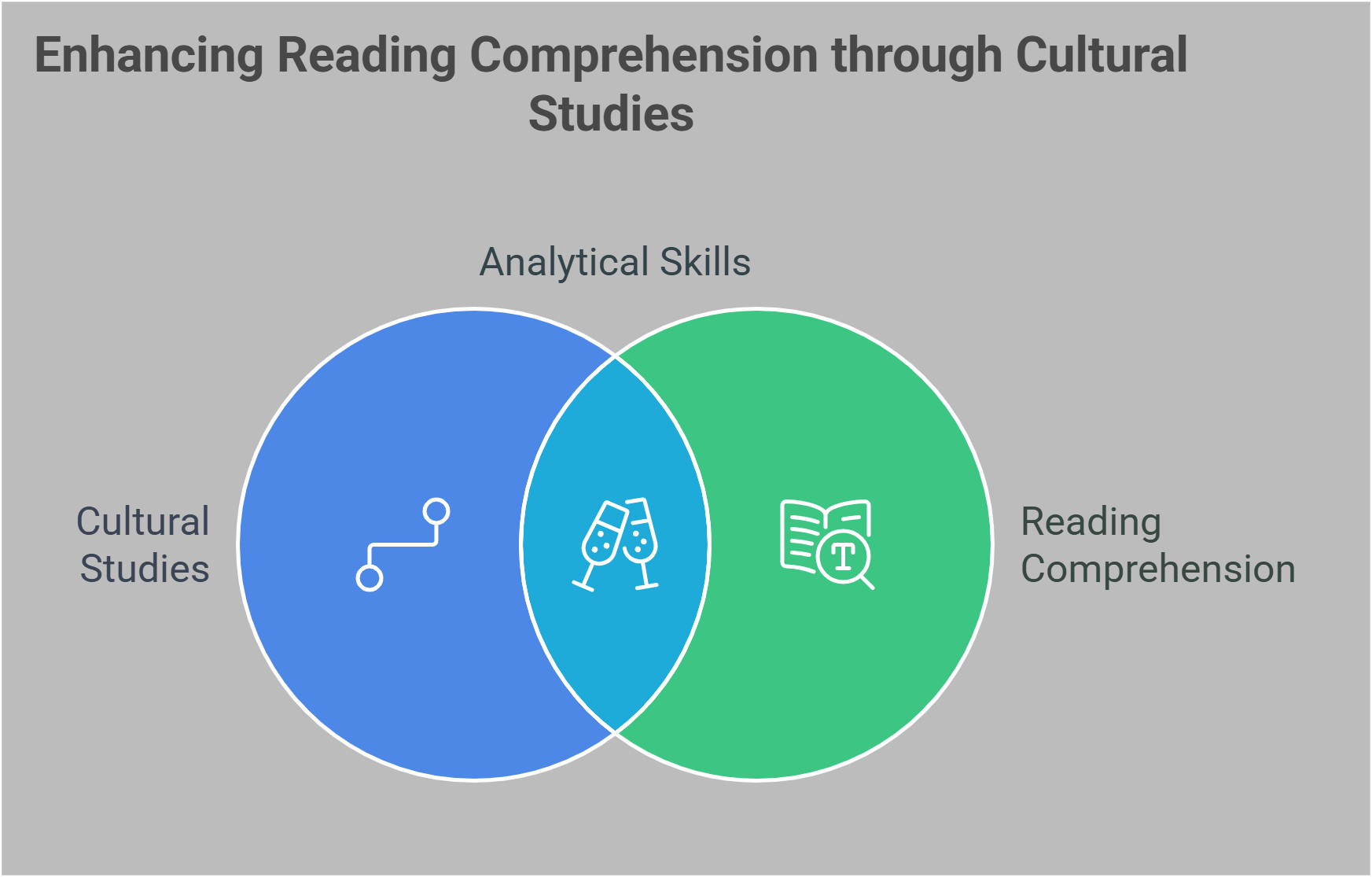
📋 Overview
In this guide, we’ll explore these key cultural studies concepts:
- Multiculturalism
- Popular Culture
- Subcultures
- Cultural Imperialism
- Cultural Identity
- Cultural Theory
- Media Culture
- Cultural Globalization
- Cultural Heritage
- Postcolonial Studies
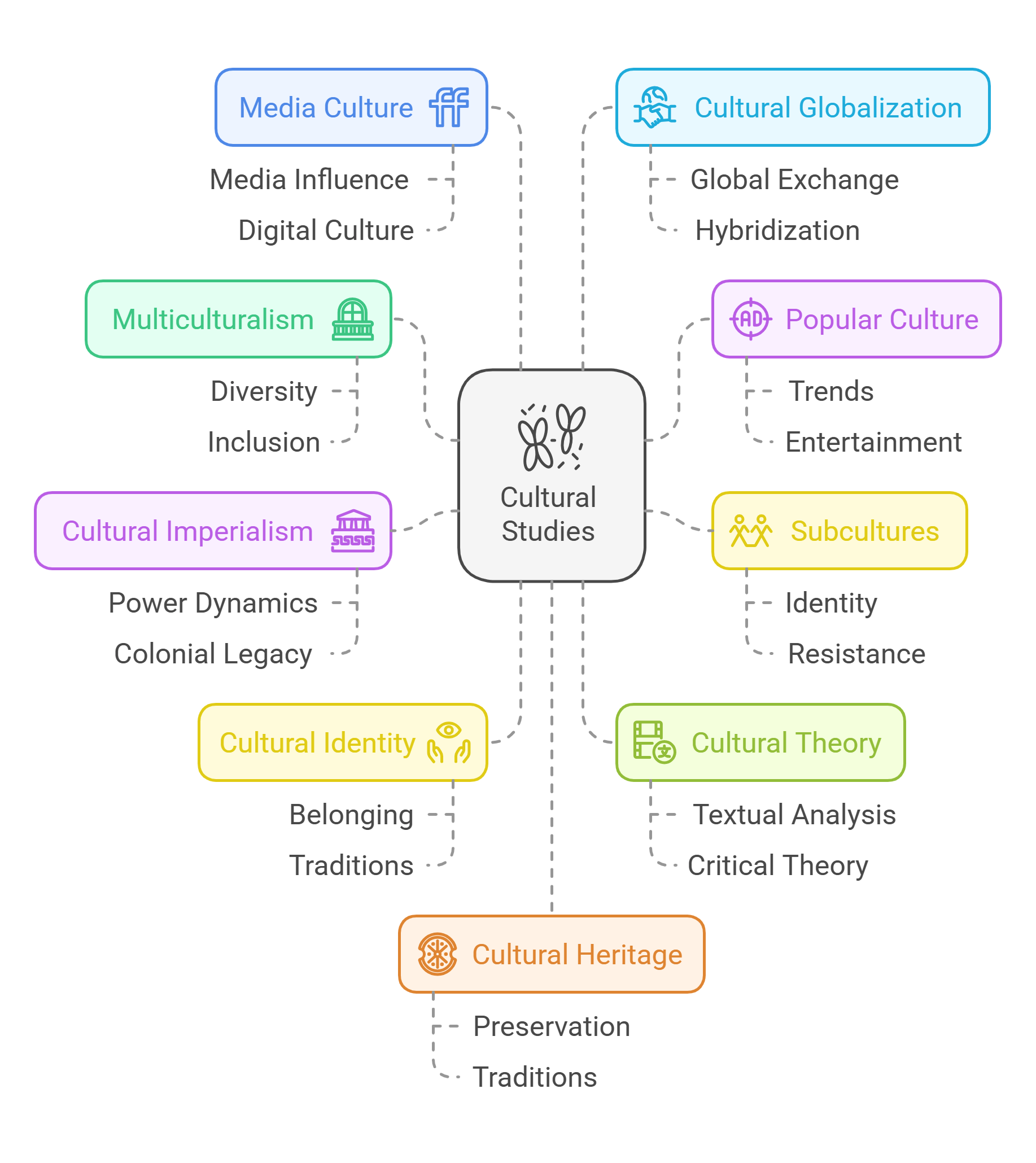
🔍 Detailed Explanations
1. Multiculturalism
Multiculturalism refers to the coexistence of diverse cultures within a society, emphasizing mutual respect and the recognition of differences. It advocates for the inclusion of various cultural perspectives and equal representation in public and private spheres. This concept often appears in RC passages discussing societal harmony, identity politics, or global interactions.
- Promotes diversity and inclusion.
- Critiques assimilation and cultural homogenization.
- Addresses challenges of integration and social equity.
- Central to debates on immigration and identity.
- Relevant in analyzing cross-cultural conflicts.
Explained Simply: Imagine a big garden with flowers of different colors and shapes. Each flower makes the garden more beautiful, just like people from different cultures make the world interesting and special when they live together.
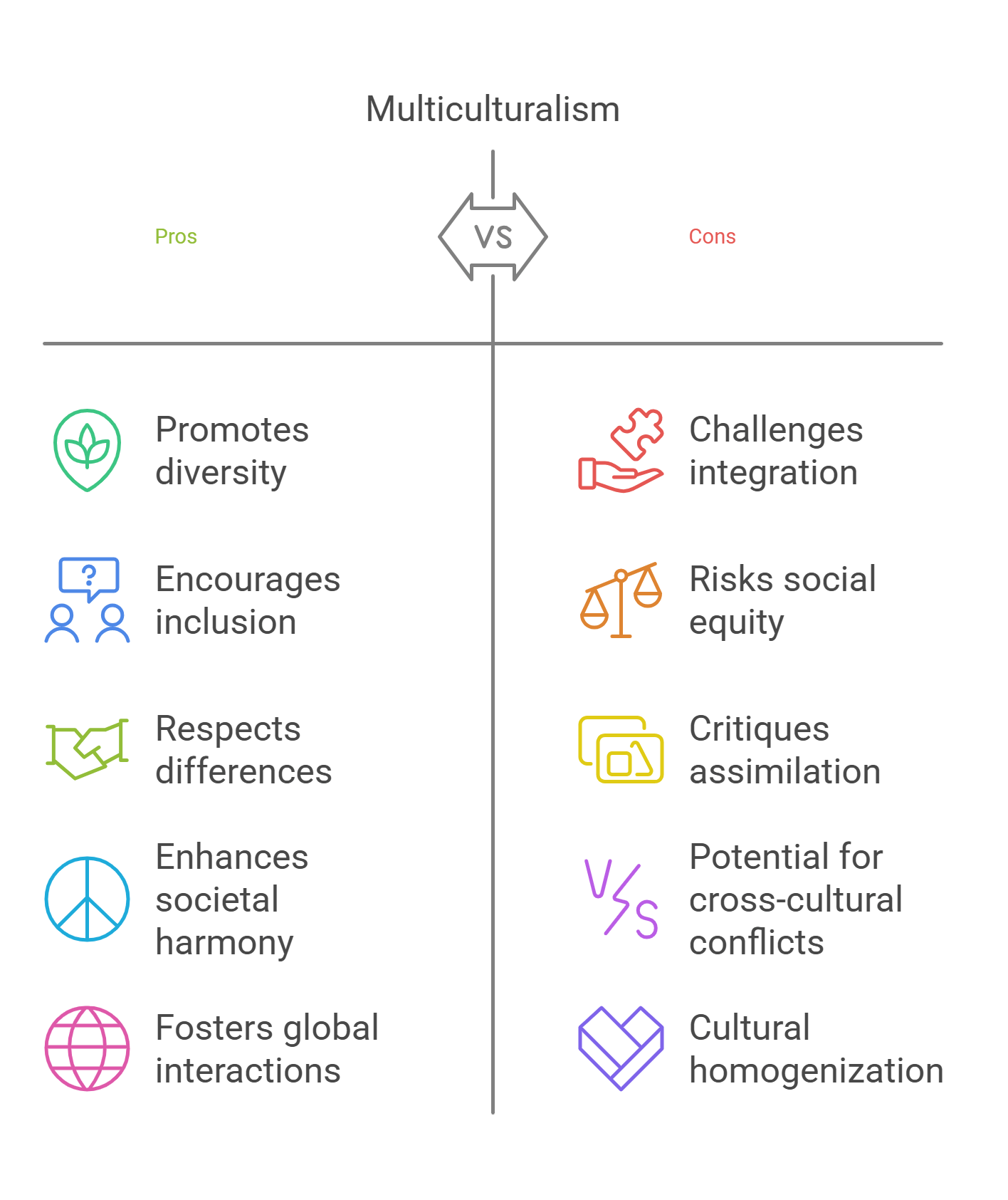
2. Popular Culture
Popular culture includes the practices, beliefs, and objects that are widely accepted and consumed by the general public. It reflects societal trends and preferences, often shaped by media, technology, and entertainment industries. RC passages might explore its influence on identity, consumerism, or societal norms.
- Represents mainstream cultural elements.
- Influenced by media and advertising.
- Critiqued for promoting stereotypes or conformity.
- Central to youth culture and consumer behavior.
- Evolves with technological and social changes.
Explained Simply: Think of all the songs, movies, and games you and your friends love. That’s popular culture—it’s the stuff lots of people enjoy and talk about!
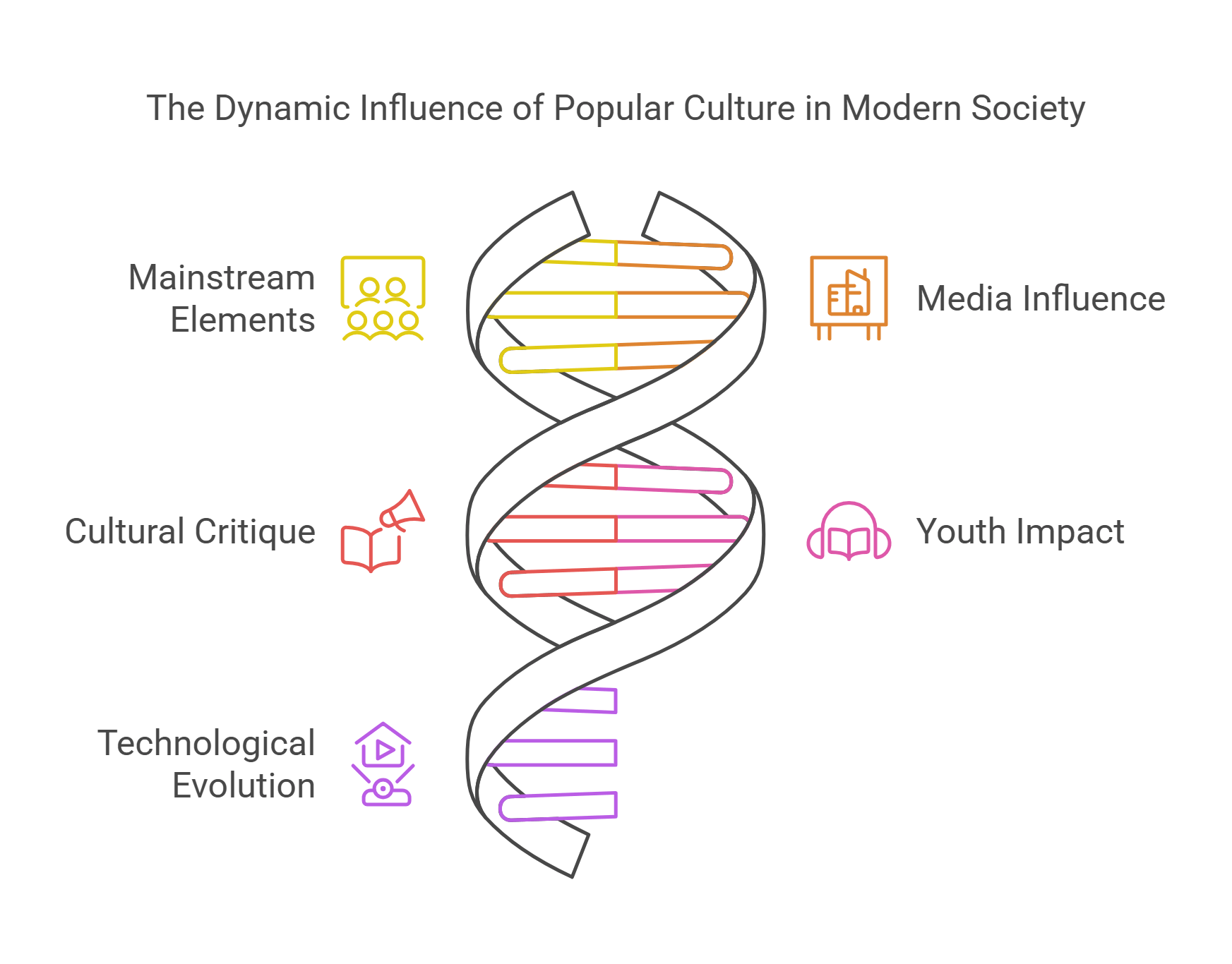
3. Subcultures
Subcultures are smaller groups within a larger culture that have their own distinct values, behaviors, or interests. These groups often challenge mainstream norms and are associated with youth movements, fashion, or alternative lifestyles.
- Differentiates from mainstream culture.
- Reflects unique beliefs and practices.
- Often forms around shared interests or identities.
- Challenges societal norms or conventions.
- Important in discussions of individuality and resistance.
Explained Simply: Imagine a club where everyone likes the same unusual hobby, like playing with yo-yos. That club is like a subculture—it’s different from what most people do.
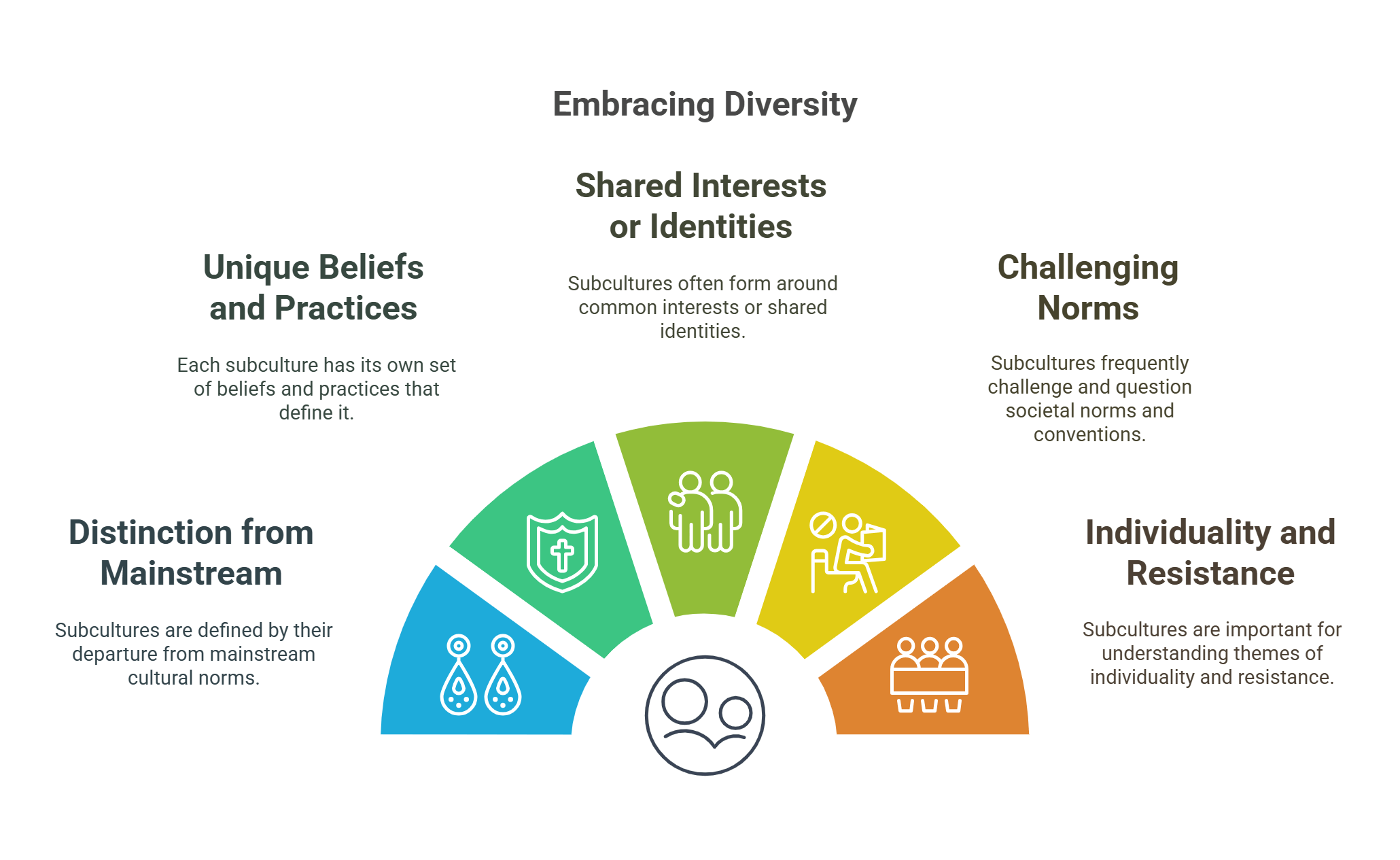
4. Cultural Imperialism
Cultural imperialism occurs when one culture dominates another, often through media, language, or economics, imposing its values and practices. It is frequently linked to globalization and critiques of Western influence on developing nations. RC passages might explore its effects on local traditions or identity.
- Dominance of one culture over others.
- Associated with colonial histories and globalization.
- Critiqued for eroding indigenous traditions.
- Spreads through media, consumerism, and education.
- Central to discussions of power dynamics and resistance.
Explained Simply: Imagine one kid at school makes everyone play only their favorite game and ignores other fun ideas. That’s like cultural imperialism—one way of doing things taking over and leaving others out.
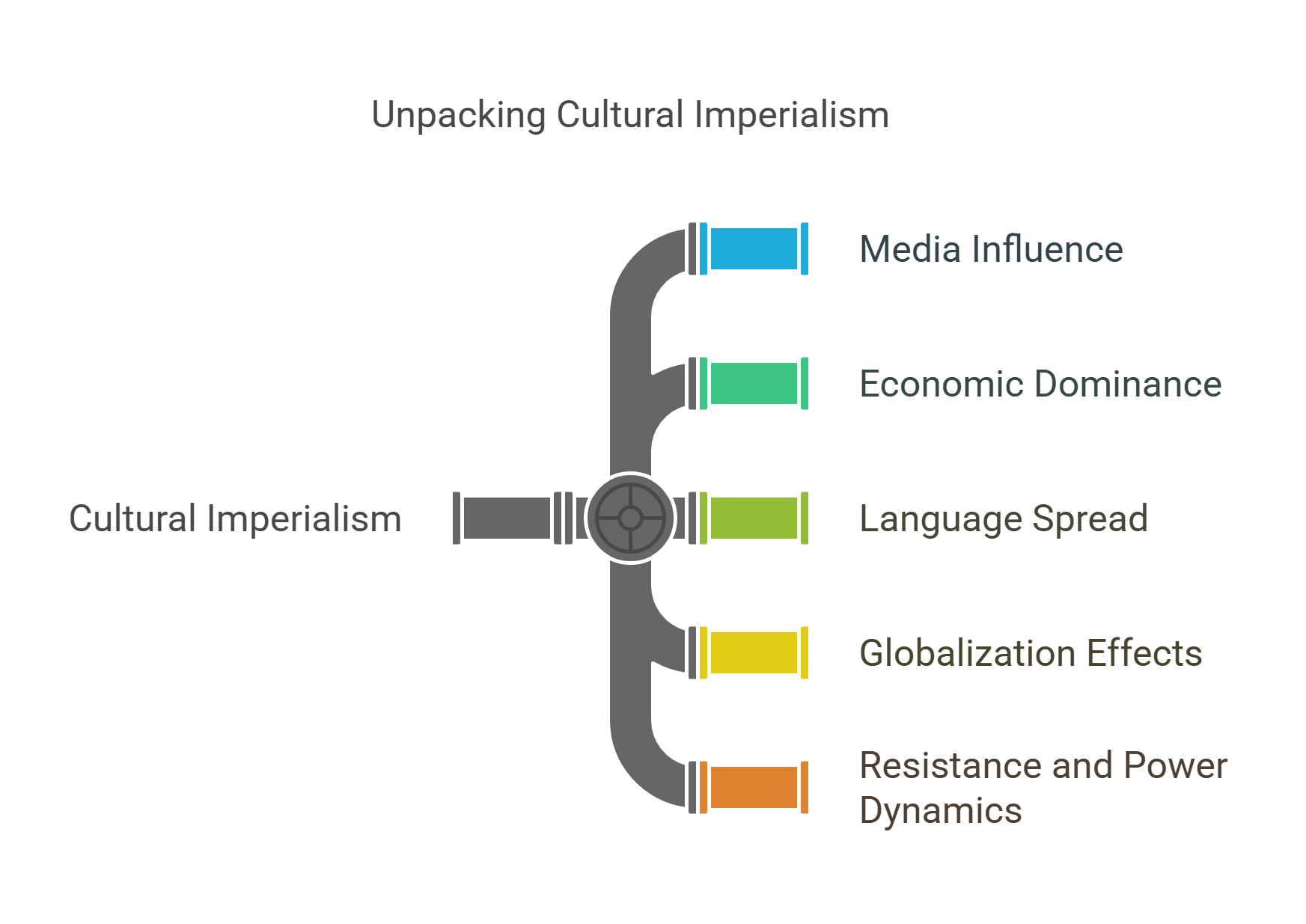
5. Cultural Identity
Cultural identity refers to a person’s sense of belonging to a particular culture or group. It shapes how individuals see themselves and connect with others, often influenced by language, traditions, and shared history. RC passages may explore identity crises, cultural pride, or the effects of globalization on identity.
- Defines a person’s sense of self and belonging.
- Shaped by language, traditions, and history.
- Central to debates on globalization and assimilation.
- Explores identity conflicts and multicultural influences.
- Important in understanding individual and group dynamics.
Explained Simply: It’s like your favorite team jersey—you wear it to show what team you belong to. Cultural identity is how people show what group or culture they are a part of.

6. Cultural Theory
Cultural theory examines how culture influences human behavior, society, and power structures. It incorporates ideas from sociology, anthropology, and philosophy to understand cultural phenomena. RC passages might use it to analyze societal norms, media influence, or historical change.
- Studies how culture shapes societies.
- Explores power, norms, and social structures.
- Draws from multiple disciplines like philosophy and sociology.
- Critiques inequalities and dominant ideologies.
- Helps analyze media, politics, and globalization.
Explained Simply: Think of it like a pair of special glasses that help you see why people do the things they do in their group or family.
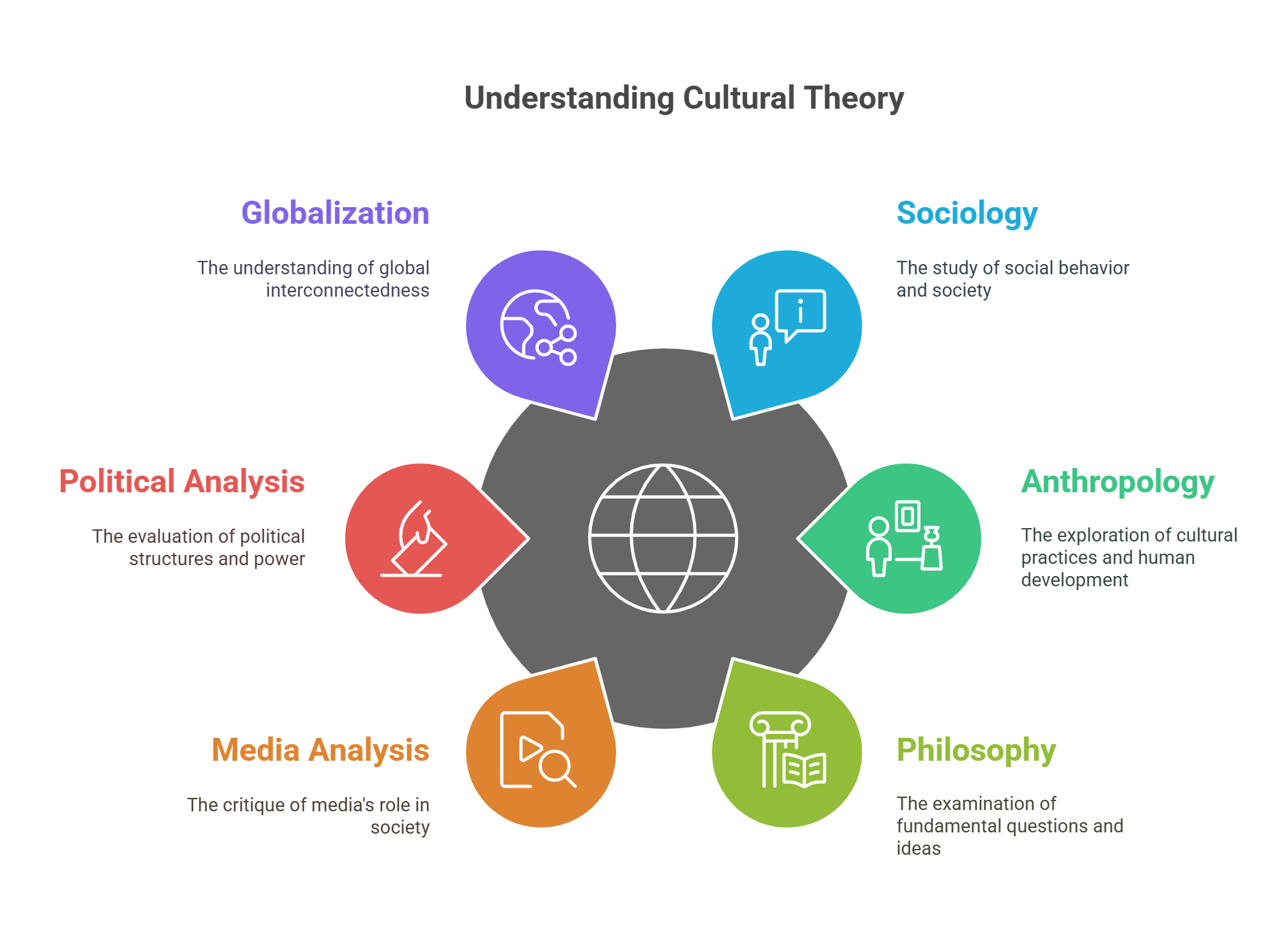
7. Media Culture
Media culture refers to how media shapes and reflects cultural values, beliefs, and behaviors. It is key in discussions about consumerism, digital influence, and the spread of ideas. RC passages might focus on the role of social media, advertising, or news in shaping public opinion.
- Explores media’s influence on culture and society.
- Analyzes consumerism and public behavior.
- Central to discussions about digital platforms.
- Critiqued for perpetuating stereotypes and bias.
- Highlights the global spread of information and trends.
Explained Simply: It’s like when you see a lot of ads for the same toy on TV, and suddenly everyone wants it. That’s media culture working its magic!
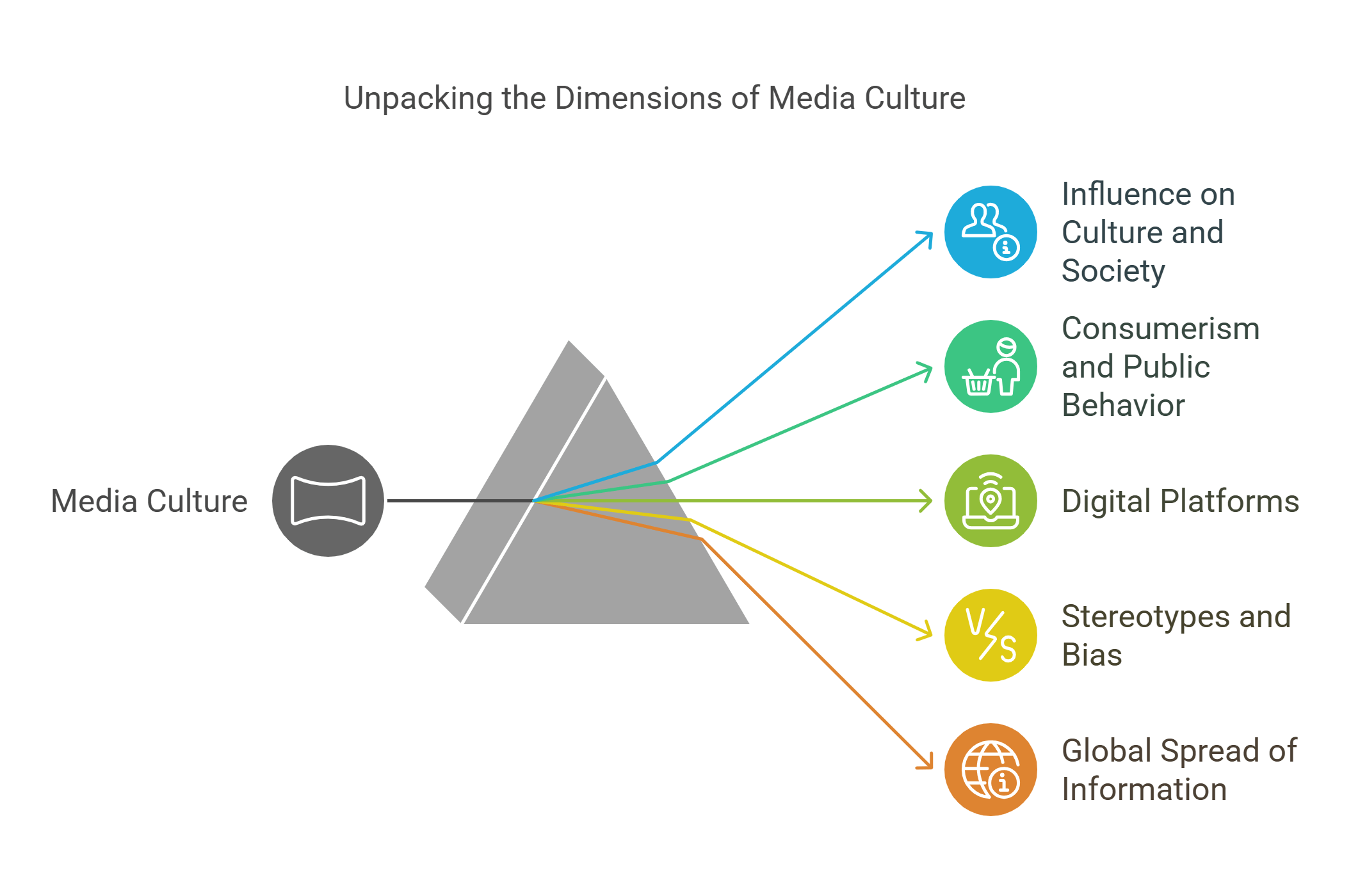
8. Cultural Globalization
Cultural globalization describes the exchange and blending of cultural practices, ideas, and goods across the world. It highlights the interconnectedness of modern societies, often sparking debates about cultural homogenization versus diversity.
- Focuses on the global exchange of culture.
- Promotes cultural interconnectedness.
- Critiqued for eroding local traditions.
- Central to debates on identity in a globalized world.
- Linked to migration, media, and international trade.
Explained Simply: It’s like how pizza, which started in Italy, is now loved by people all over the world. That’s cultural globalization!
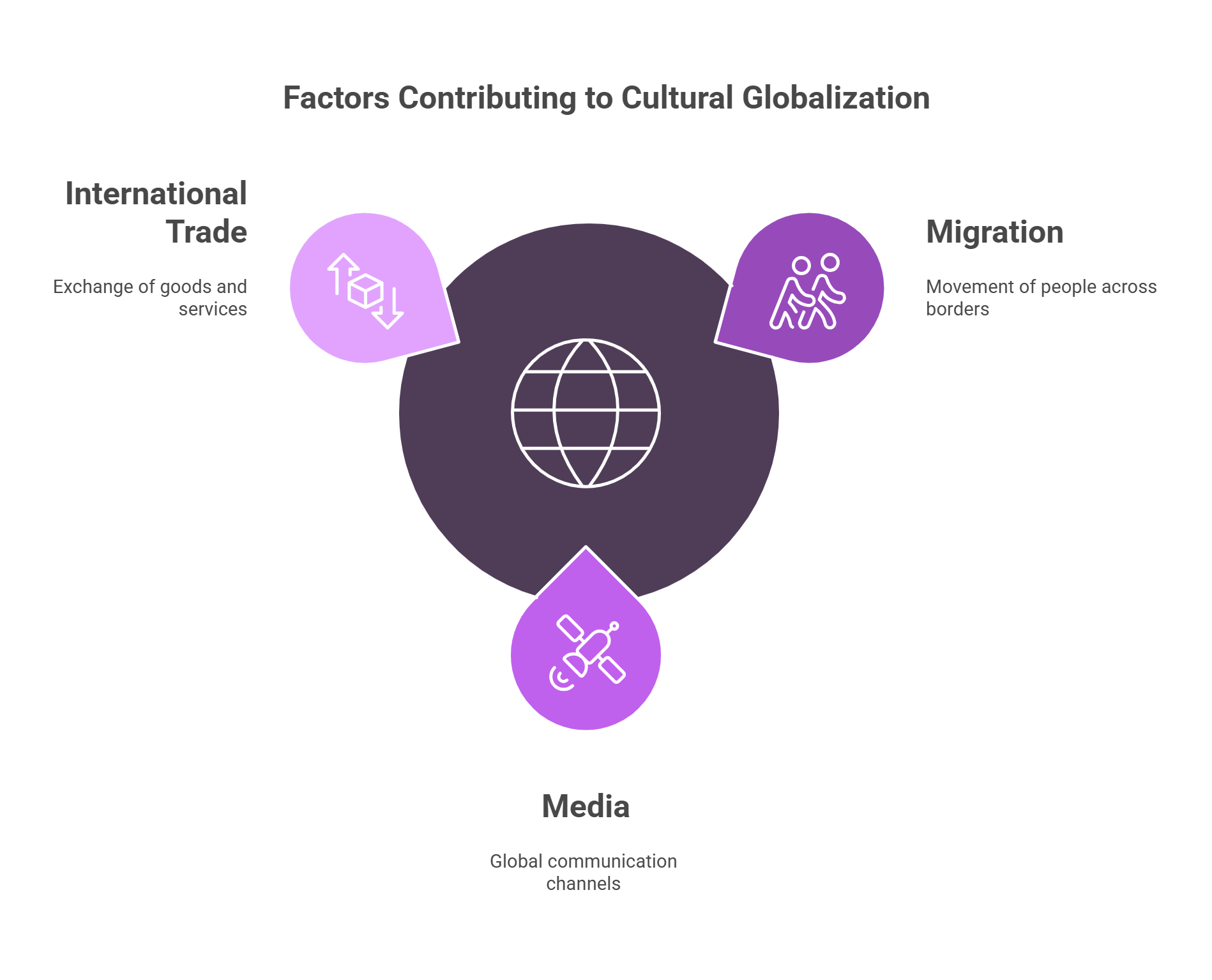
9. Cultural Heritage
Cultural heritage refers to the traditions, monuments, and artifacts passed down from previous generations, reflecting a group’s history and identity. It’s often discussed in RC passages about preservation, national pride, or the impact of modernization.
- Represents historical and cultural legacy.
- Includes tangible (monuments) and intangible (traditions) heritage.
- Central to discussions on preservation and modern development.
- Highlights the role of heritage in shaping identity.
- Critiqued for exclusionary or political uses.
Explained Simply: It’s like your grandma’s recipe book—something special passed down that tells a story about your family’s past.
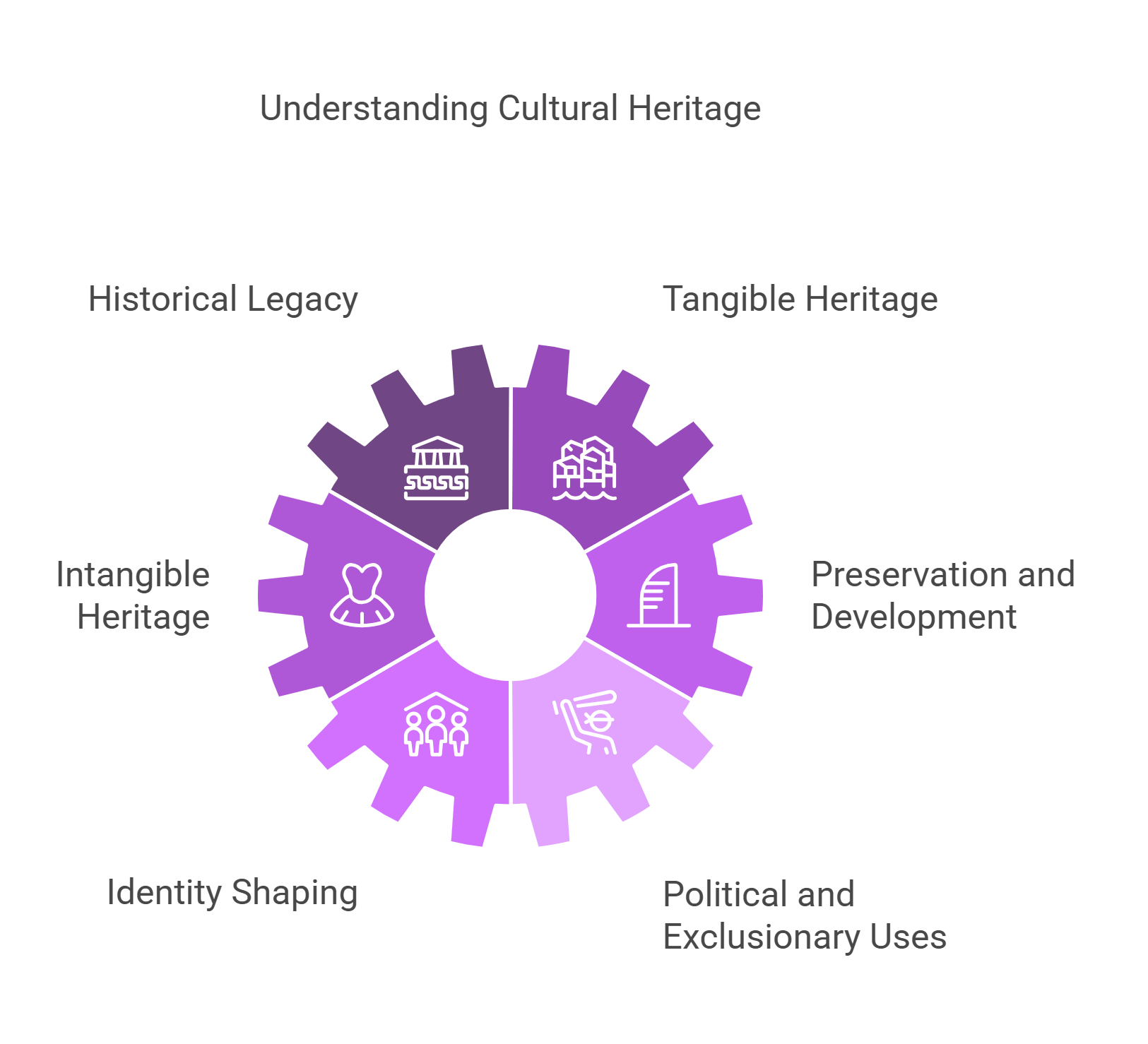
10. Postcolonial Studies
Postcolonial studies analyze the effects of colonialism on societies, focusing on power imbalances, identity struggles, and resistance movements. RC passages might explore themes of cultural erasure, historical trauma, or global inequalities.
- Examines the aftermath of colonialism.
- Explores identity, resistance, and cultural loss.
- Central to discussions on globalization and history.
- Highlights the voices of marginalized groups.
- Critiques ongoing forms of imperialism.
Explained Simply: It’s like when someone takes over your treehouse and then leaves, but you’re still trying to fix what they broke and make it your own again.
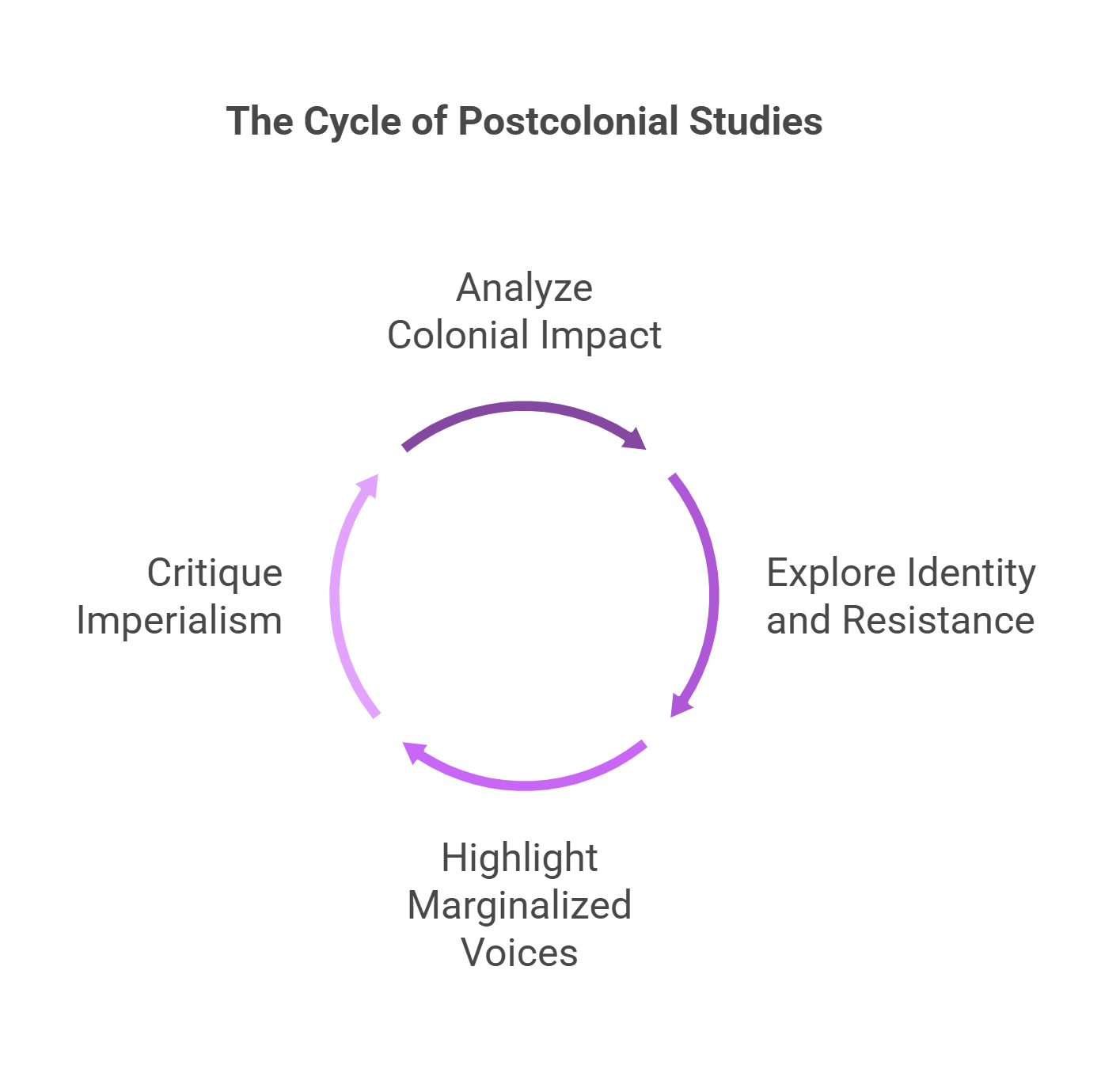
✨ Conclusion
Cultural studies concepts offer invaluable insights into the societal issues and arguments often found in RC passages. By understanding these ideas, you develop the ability to engage critically with complex texts, identify nuanced arguments, and appreciate diverse perspectives. This knowledge not only improves RC performance but also fosters a broader understanding of cultural dynamics in a globalized world. Mastering these concepts is a step toward becoming a well-rounded reader and thinker, ready to tackle even the most challenging passages.











